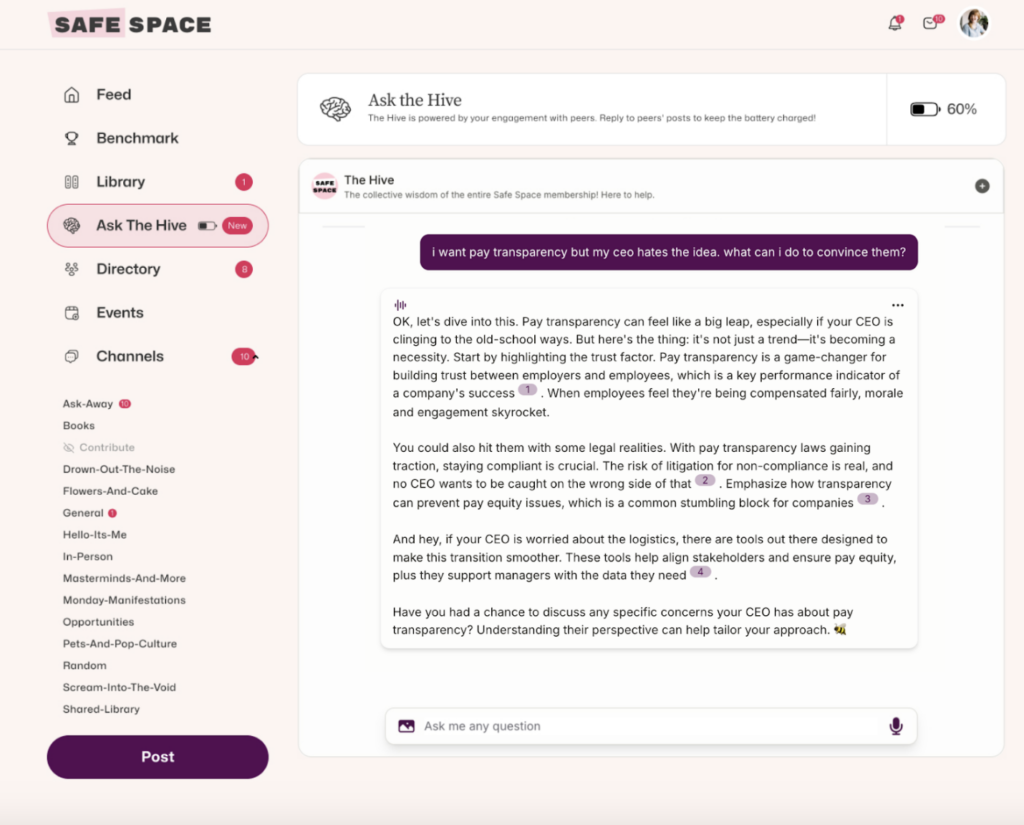I hate to state the obvious but if employees don’t currently know where they stand in the grand scheme of growth, then how could they possibly understand where to go next?
It’s like taking a road trip without a map, or well, without GPS now.
Something that can be a gamechanger? Having a leveling framework in place.
A leveling framework is a structure that defines job roles within a company by outlining certain factors like skills, experience, responsibilities and authority. The outcome is a hierarchical structure that shows employees their progression path within the org.
Don’t be fooled, a leveling framework helps with so much more than just growth!!!
A proper leveling system can help you:
- Apply a consistent approach
- Manage talent well
- Succession plan
- Recruit and hire effectively
- Improve employee engagement
- Help with retention
👏The biggest thing a leveling system can do? Help you make more equitable decisions.
Goodbye subjectivity!
Let’s look at how to think about your leveling framework.
The levels of a leveling framework.
When building a leveling system, I like to start simple. Once you have a good foundation you can really build upon why this is important.
I like to break it down into groups // levels within a group.
3 groups:
- Individual Contributor
- Manager
- Executive
Within each group there can be any number of levels, it truly depends on your organization.
A smaller startup may only have 1-5 whereas a bigger global organization may go to 9+ levels.
That’s your foundation!
✨Here’s an example of a leveling framework.
JOIN 150K+ HR LEADERS
Get insights, learnings, and advice on how to build companies and cultures that people actually love.
No spam. Unsubscribe any time.
Level up: You can level this framework up by incorporating your specific job families and adding competencies.
📚Read more here: Job Leveling Matrix
Now, how do you actually leverage this as a tool?
How to leverage levels:
Once you’ve built your foundational leveling scheme – you should do a job analysis on your organization.
A job analysis will help you understand all the roles/responsibilities across the organization.
The key here is to understand value & complexity.
You can accomplish this by:
- Reviewing job descriptions
- Interviewing managers – what is their understanding of the role?
- Reviewing headcount plans to understand where the org will grow
At the end of the job analysis phase you should be able to assign a level to every existing employee as well any future roles.
Communication is everything!
To fully leverage levels, your organization needs to be prepared to discuss what this all means!
The good news? Levels clearly show career progression to employees.
The bad news? Some managers may completely butcher this convo.
Prepare your team by helping your managers understand:
- How do employees move to the next level?
- How does that move impact their job and/or job description? Like what work will they continue to own, what they will no longer do, etc.
And it doesn’t just stop there… leveling is a very iterative process.
Pro-tip: revisit your leveling framework every few months to understand if it’s still working for your organization.
Add that to your ever growing task list!
On the note of HR’s task list… it seems like it never stops?? But what happens when HR is burned out and can’t do it anymore??
More on that next week!


